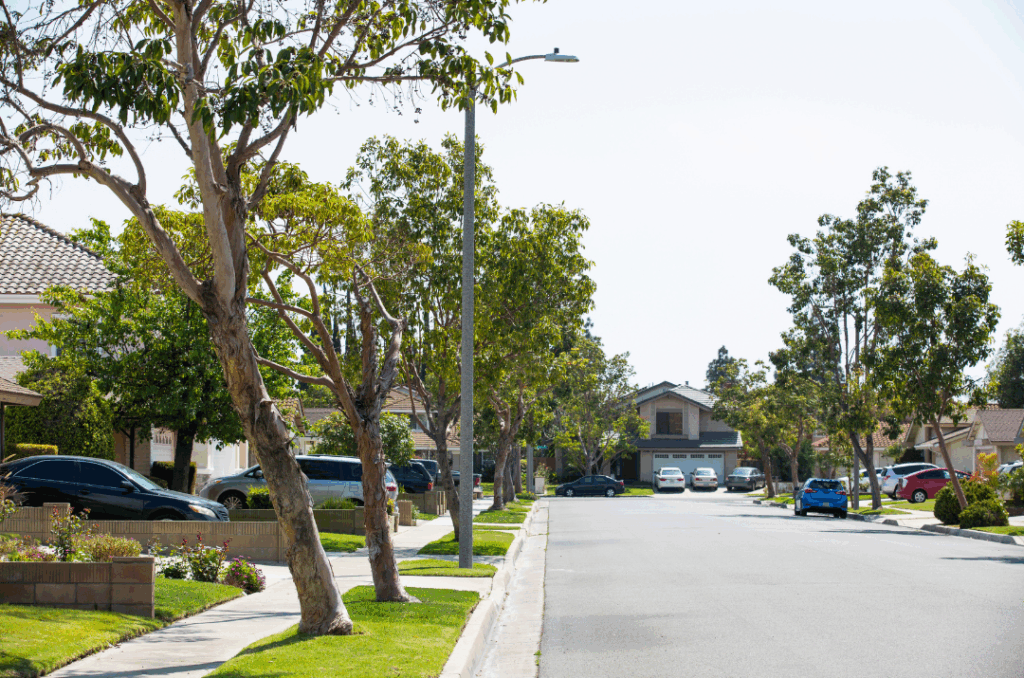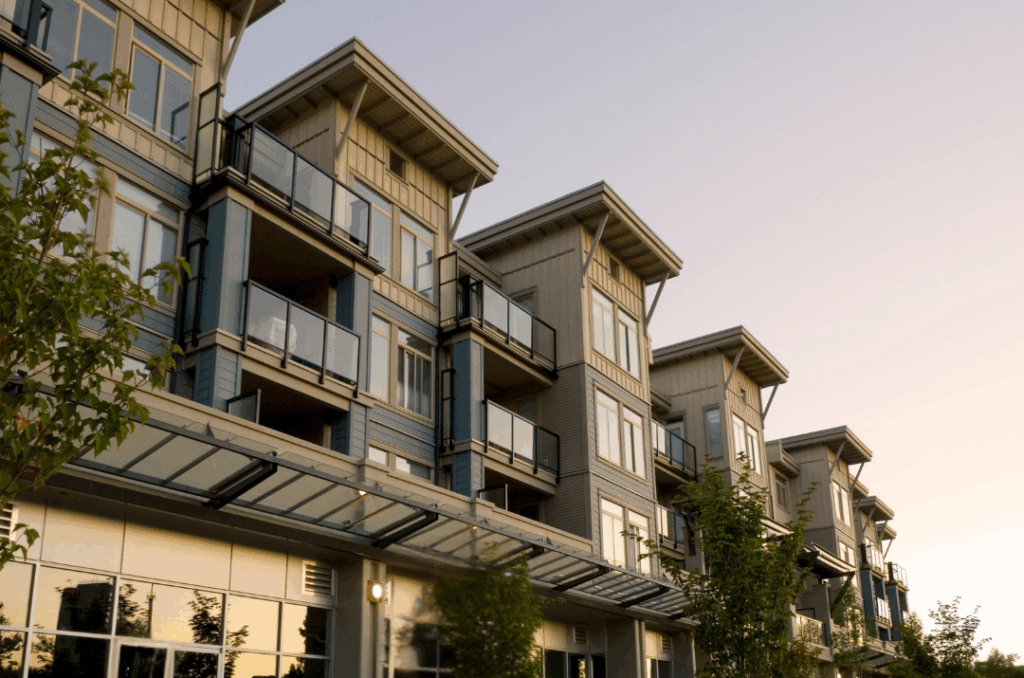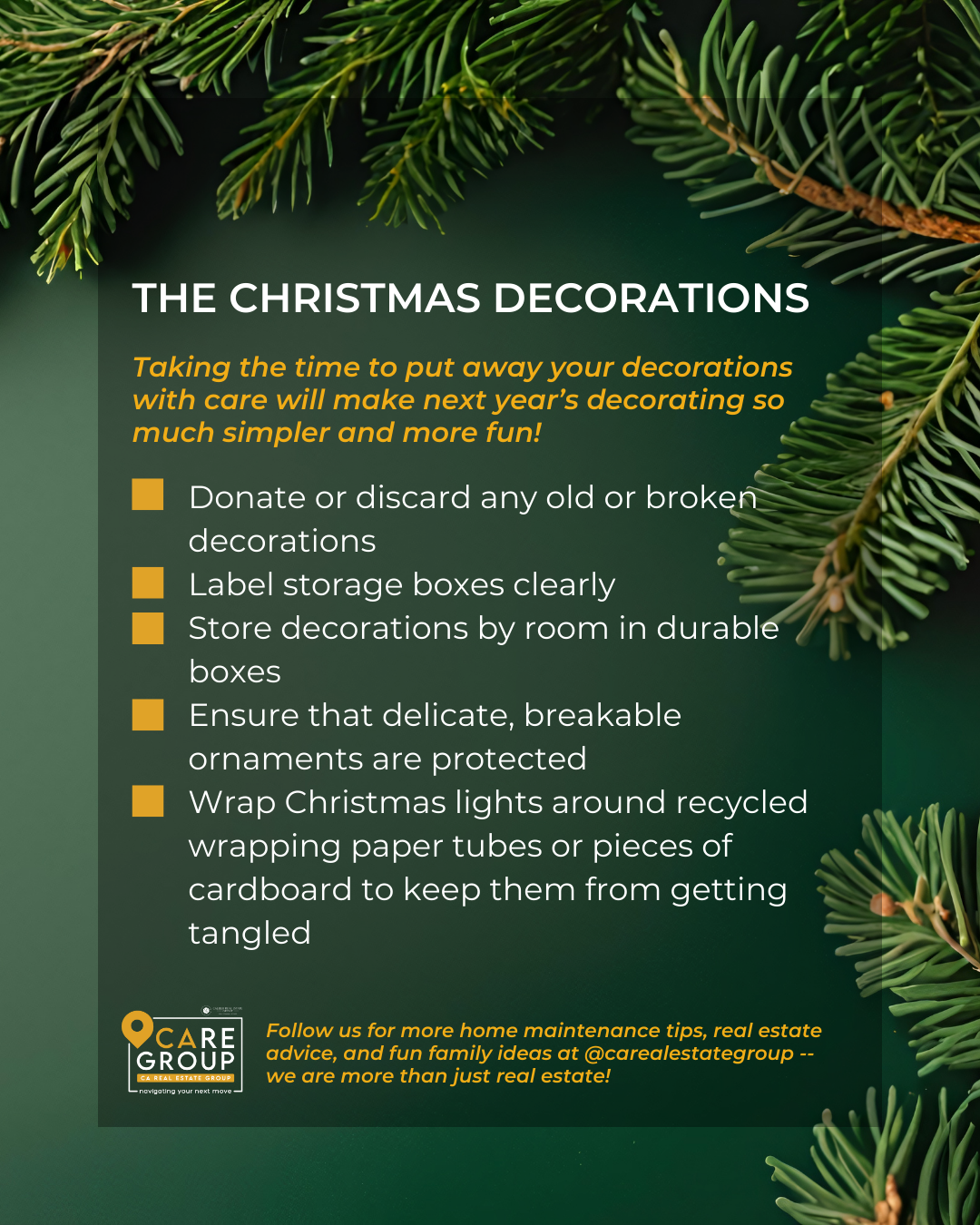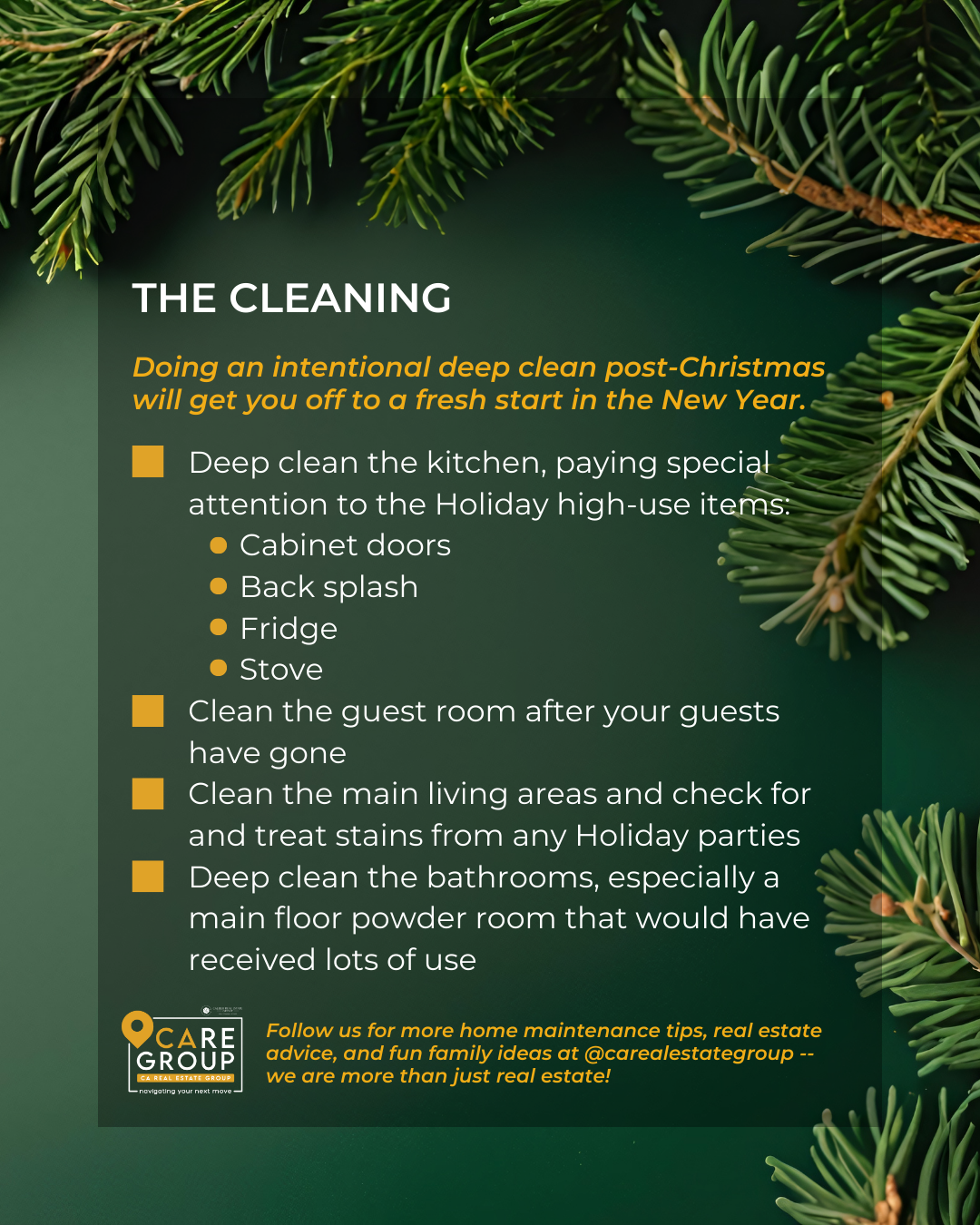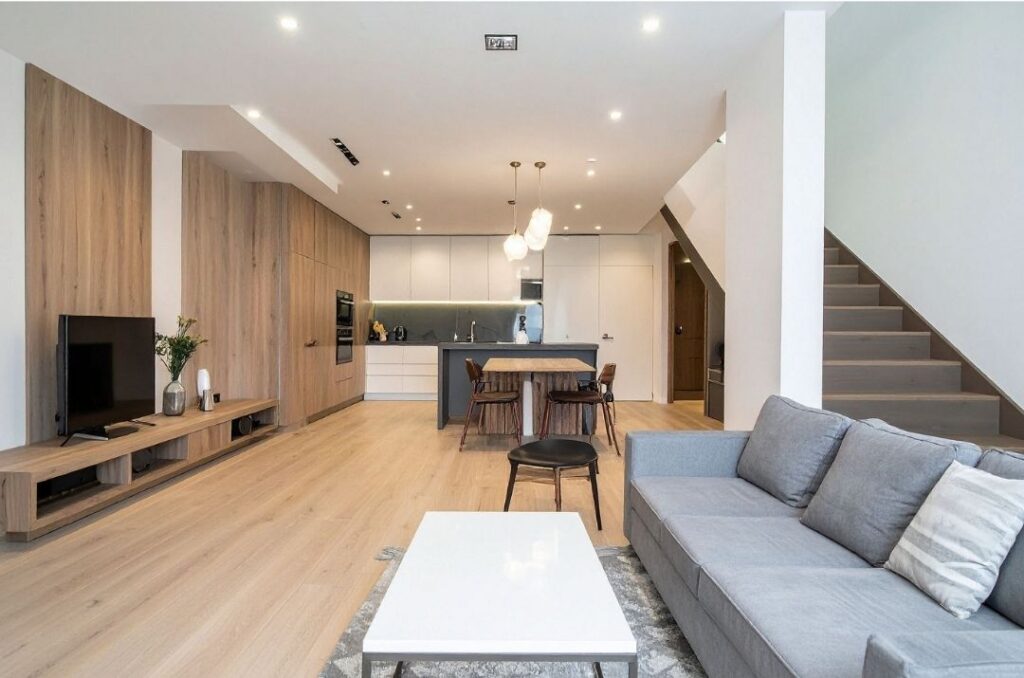If your family spends a lot of quality time in the living room, it’s unlikely that it always—or ever—looks pristine. And that’s OK! This space is designed to be lived in and hold your favorite comfort items. But throw blankets, pillows, toys, games, remotes, and chargers don’t need to take over every visible surface, especially in between uses. This daily clutter can cause stress at the end of the day when all you want to do is relax and recharge.
The good news is that your living room has far more storage potential than you may realize. You just need to know where to look. Many of the best spots are hiding in plain sight, disguised as decor or embedded in furniture. These places should be attractive enough that guests hardly notice them, yet accessible enough so you can reach for anything you need without missing a second of your latest Netflix obsession.
Whether you’re working with a small space, a busy household, or simply want the space to look calmer and more intentional, these secret storage spots can help you reclaim your living room. These are five sneaky spaces you might not be utilizing yet, but definitely should.
1. Furniture With Hidden Storage
If you have furniture with hidden storage you haven’t been using, this is your sign to start. And if you’re in the market for new living room furniture, consider brands that design pieces like coffee tables, ottomans, benches, and even couches with storage in mind. After all, this is prime concealed real estate, especially in homes with limited space.
Start by deciding what not to store here, which should include anything heavy, fragile, or used multiple times per day. Instead, store things that you want accessible but not visible. Some examples include:
- Board games and puzzles
- Kid or pet toys
- Seasonal throw blankets and pillow covers
- Heating pads and back massagers
- Video game controllers and accessories
- Resistance bands, yoga blocks, or Pilates balls
- Magazines or coloring books
If your storage area is a fairly large space (such as inside a spacious ottoman), use small interior bins to keep smaller items sorted.
2. Decorative Oversized Baskets
If none of your furniture doubles as storage, or you’re not looking to buy anything new at the moment, try an oversized decorative basket or two to hold many of the same items listed above. You may already have one that’s housing extra blankets or pillows. If you have enough floor space, designate another to what drives you the craziest to see out in the open, whether it be dog toys or workout gear.
Arrange baskets in a corner where they won’t be in anyone’s way, and aim for a style that matches your living room. If they’re tall enough, they can conceal their contents while making it easy to grab what you need when you need it. If items still poke out, layer a folded throw on top to help disguise what’s underneath. That way, you maintain the cozy aesthetic while sneakily doubling its function.
3. Decorative Shelf Baskets
Many living rooms feature open shelving, whether in built-in bookcases, freestanding furniture, or floating shelves. This type of shelving offers plenty of room for creative styling, but it can look cluttered if you’re not careful. If your shelves tend to collect miscellaneous items alongside your books and decor accents, consider cute containers your secret weapon. Small to medium baskets (open or lidded) instantly turn open shelves into sneaky storage.
As with oversized baskets, look for ones that fit your living room’s aesthetic or color palette. Ensure they fit the depth and height of your shelves so they don’t appear out of place. Use them to corral odds and ends such as backup remotes, coasters, reading glasses, bookmarks, and electric lighters. You still get the curated ook, but with the added bonus of hidden storage.
4. Under (or Behind) Sofa Storage
Similar to under the bed, the space beneath your sofa may be underutilized. If you’re cramped for space, though, it’s a spot you might not have thought to use for storage. Measure the height, width, and depth beneath the couch, and use shallow under-bed containers (wheeled ones are smart if the area lacks carpeting, and lids prevent dust from piling up) to keep items neat and out of sight.
Not enough clearance to slide something under the furniture? Try adding a narrow console table behind it instead. Depending on where your couch is located in the living room, you may need to pull it forward a few inches and place the table between the back and the wall. Use decorative trays or lidded boxes to contain small essentials like remotes, glasses, coasters, or chargers so they don’t pile up on the coffee table.
5. Untapped Vertical Storage
Making use of available vertical space is an overlooked method to maximize storage and get clutter off surfaces in any area of your home. Shelving is one simple way to go about it, but it’s not the only. Lean a vintage ladder against a blank wall and fold blankets over each rung. For a more modern look, try mounting a handful of wall hooks and hanging a throw on each one.
You can also attach pretty baskets to a wall and designate each one to hold a category, such as magazines in one and gaming equipment in another. Stack books horizontally on a tall, floating bookcase. The options are endless when you think outside the box! And although some of these methods won’t necessarily hide the things you’re storing, they will at least look organized and make finding what you need a breeze at the end of a long day.


